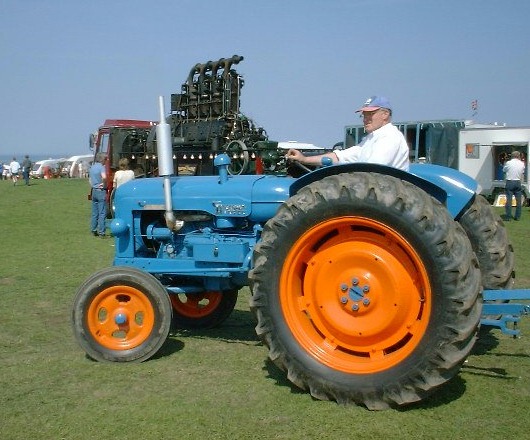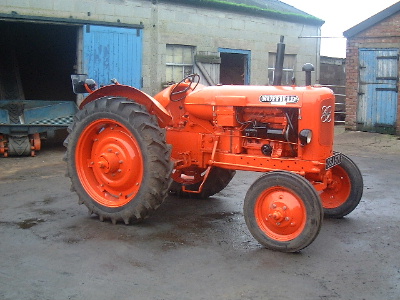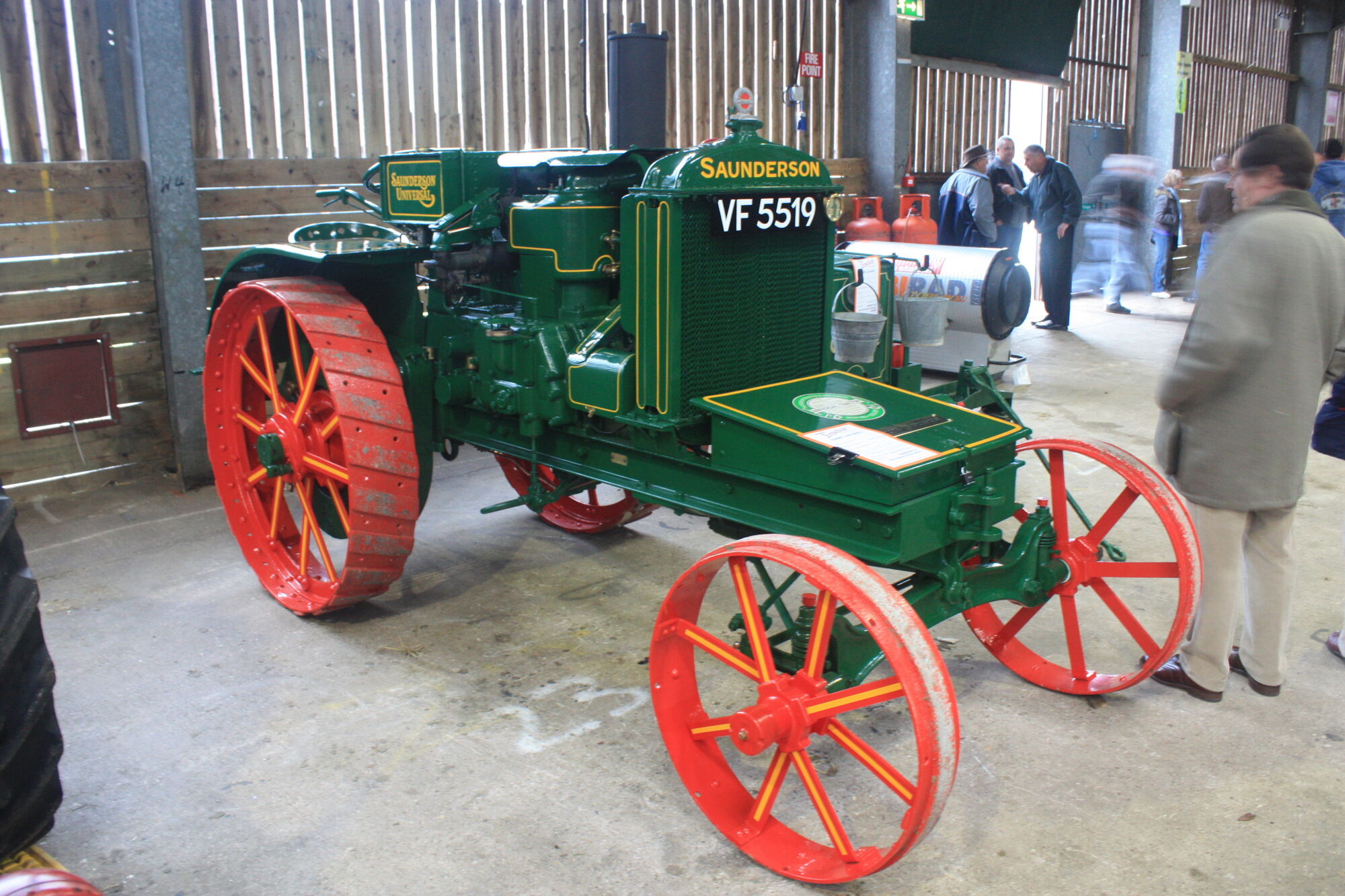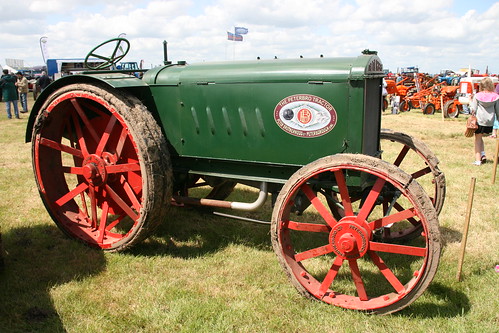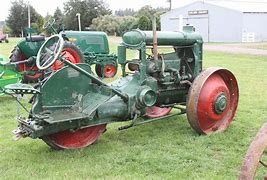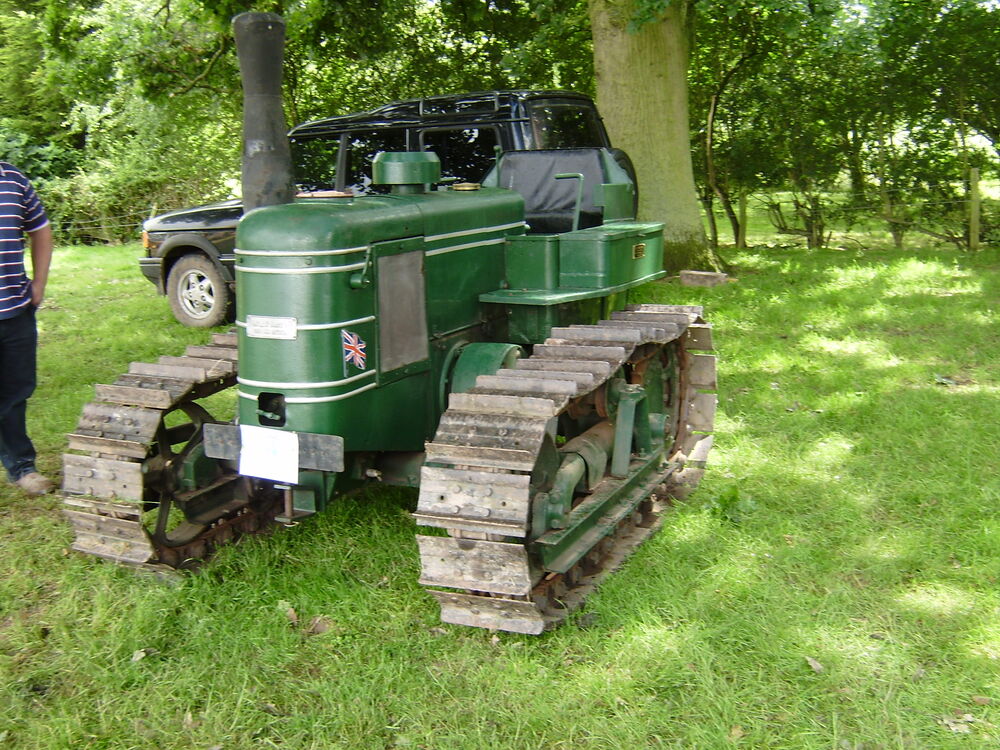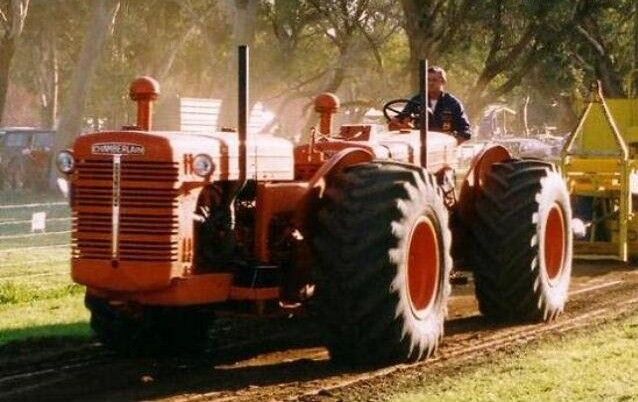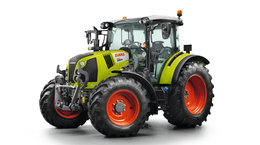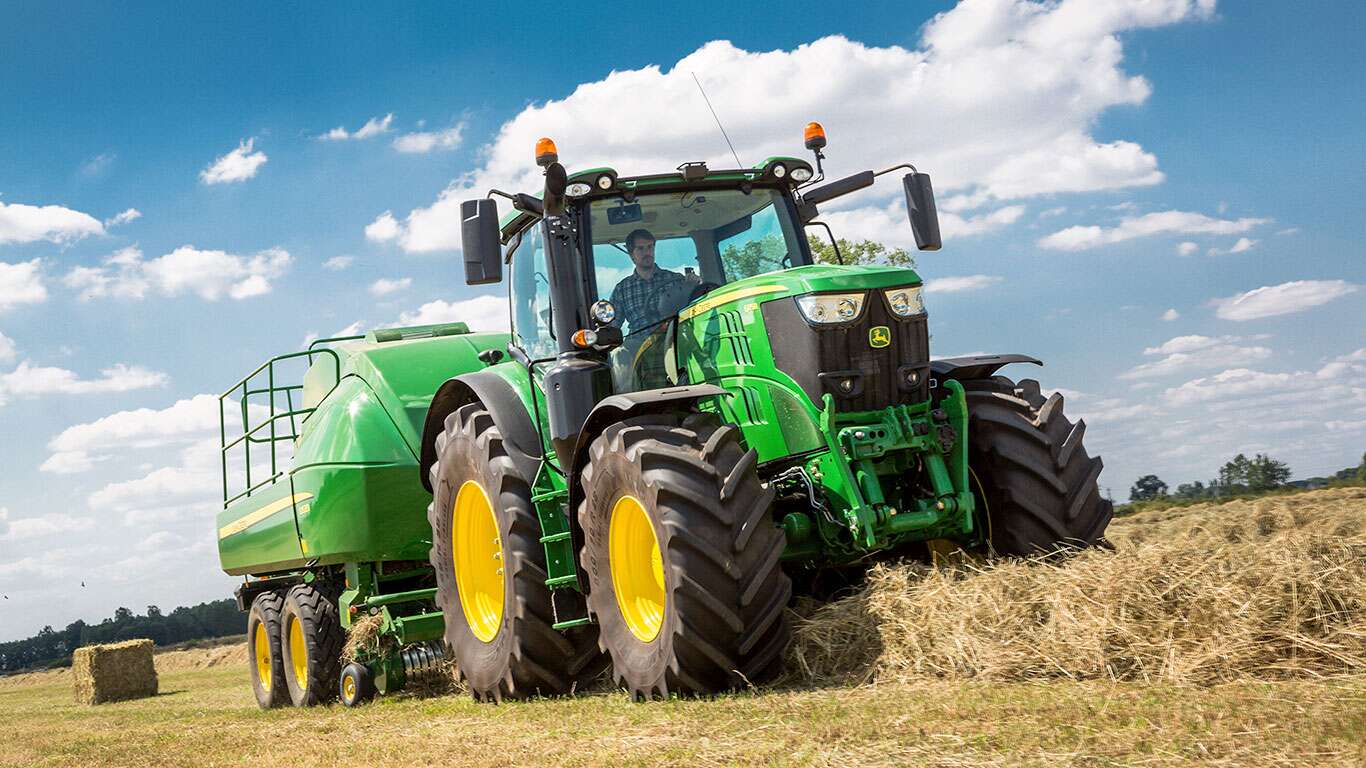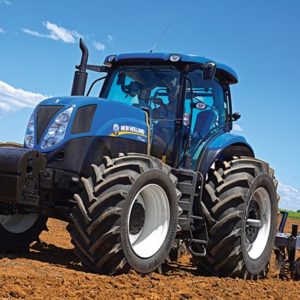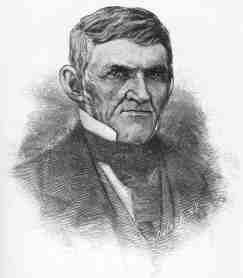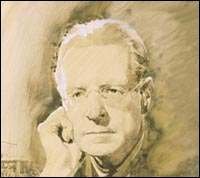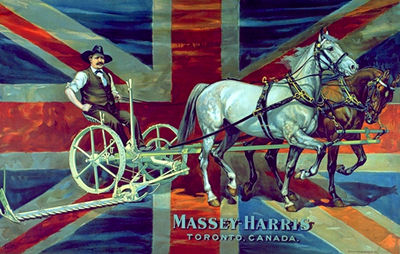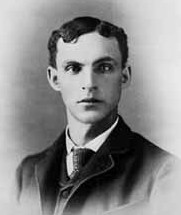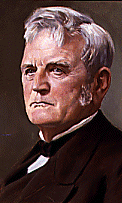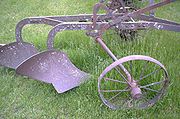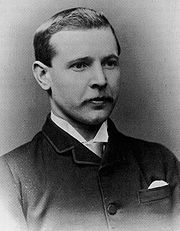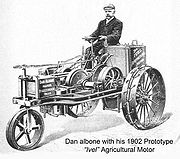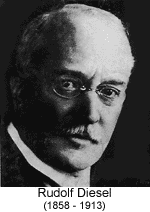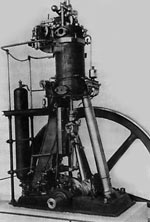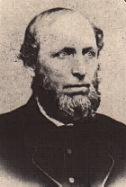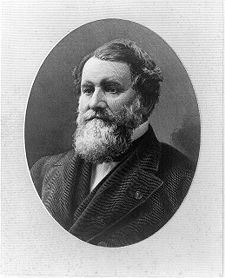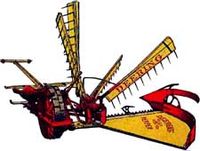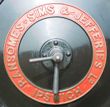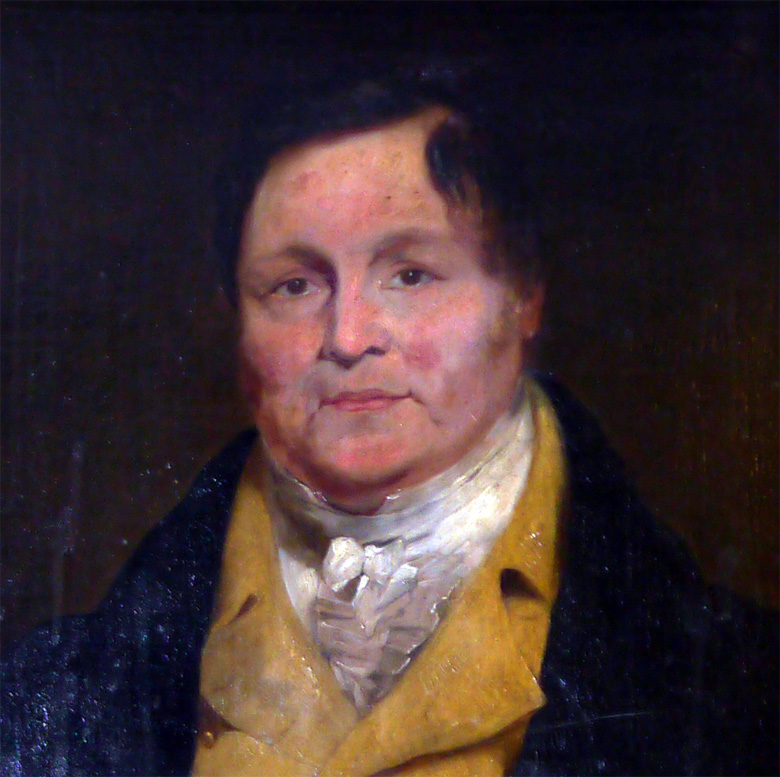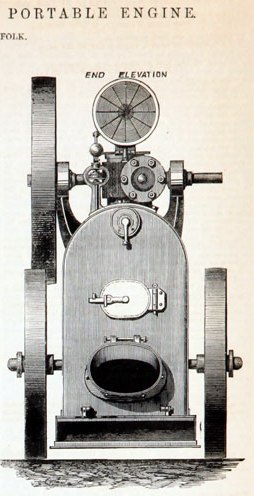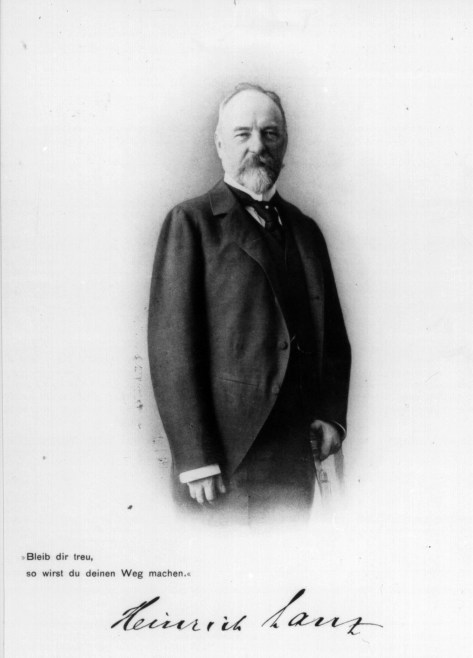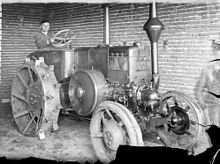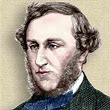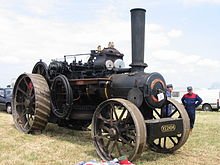``
|
A Brief history of Tractors Time Line ...............
A
brief history of tractor design. .....Collecting and restoring old tractors has become a popular and rewarding pass-time for many old men young at heart. The popularity is due to many factors but predominant is the love of old machines and that they have not become too expensive to own, restore, and run. Many old and interesting tractors worthy of restoration can be purchased for between £500 and £3000 and these can be turned into items of historic or financial value. Most people do it for fun and are motivated by a desire to own and drive a tractor which gives them and others pleasure when displayed at vintage rallies throughout the summer months. .......For most people all old tractors will be seen as vintage. This is not absolutely true, as like all other vehicles, tractors are classified as Veteran, Vintage, and Classic depending on their age. Veteran.......
......Pre 19?? .......The invention of the internal combustion engine led to early American tractors appearing in 1894/? These were crudely built, slow, and not very maneuverable. They consisted of a stationary engine on a fabricated frame and bore little resemblance to the tractor as we know it today. It was a start but staem engines were then more reliable and were to remain in regular use for another 50 years. ......Developments also took place on this side of the Atlantic but develpoment in Britain was hampered by German trademark/copyright rules; the most significant being that of Dan Albone at Biggleswade. By 1902 he had produced a tractor which he felt able to market as a going concern. He named the tractor after the river which runs through Biggleswade; the Ivel. Notable survivors are one in the Science Museum, London and the working one owned by John Moffat. .....A multitude of companies then saw the potential and there began to appear many and varied designs. Some were soon lost as they did not work but others continued in production for many years and their names are still with us today i.e., John Deere, Massey, Ford, Case. Notable British names were Austin, Sanderson, Davis Brown, .....A pattern soon emerged which became the standard design for all tractors. Small front wheels for easy steerage; large, iron back wheels for good traction, engine at the front and driver at the back, no cab but large mudguards to give some protection for the driver. This format still holds today and can be seen in many of our modern 4 wheel drive models. Rubber tyres, diesel engines, belt and PTO, hydraulics and lights were all refinements which crept in from the end of the First World War. The two tractors shown below illustrate the changes in design and construction which took place between 1920 and 1940. The early model is a stationary engine on a frame while the later one is a engineers design with an integrated engine, gear box, and back axle, with rubber tyres TVO engine and improved driving position for the driver |
|||||||||
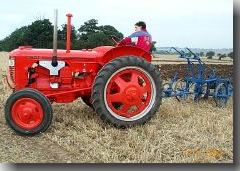 |
|||||||||
|
.....Tractor size and power seemed to reach 50-60hp around 1955 and remain around that level for a number of years. Nuffield, Fordson, and Massey Ferguson all had tractors in this power range and they are now some of the most sort after tractors for preservation. Further power was only available with diff lock, strengthened transmissions, increased tyre size, 4wd and advanced diesel engines. This led to some dramatic increases in power eventually reaching 300hp on some American tractors. |
|||||||||
|
The Early ones |
|||||||||
|
1902 Ivel.................................................
IH Titan
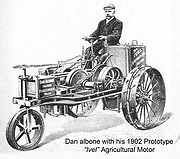 Alldays...............................................................International
|
|||||||||
|
. .......Harry
Ferguson's 3 point hydraulic lift system was to be the most significant
addition to the tractor and changed the tractor from a pulling machine
to one which could lift, drive, tip, and pull. To achieve all this
the tractor needed a set of implements specially designed to work
with the lift and PTO. |
|||||||||
|
British Classics from the 1950,s |
|||||||||
|
Ferguson TE20 ............................................................................Fordson Major Diesel
............Nuffield ..............................................................David Brown Cropmaster |
|||||||||
|
Gone but not Forgotten. The Brits that got away!
|
|||||||||
|
More
Power 1960 Developed by Ernest doe of Ulting Essex to produce a 4wheel drive with 100hp. This machine used 2 Fordson Power Majors , without their front axles. It was quite popular in East Anglia but was soon overtaken by American purpose built 4 wheel drives. Chamberlain made a similar model in Australia and are thought to have sold 1000 such models.A model of what might have been is shown on the models page using 2 Field Marshalls. |
|||||||||
|
Track
Layers; Caterpillar
|
|||||||||
|
|
|||||||||
|
.....
|
|||||||||
|
The
Big Four Wheel Drive
|
|||||||||
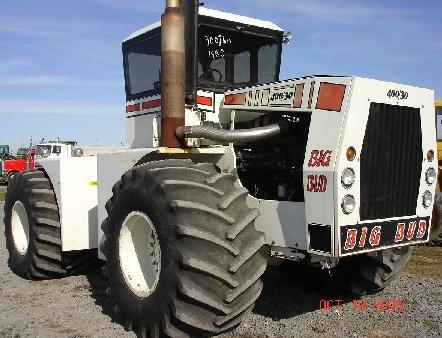 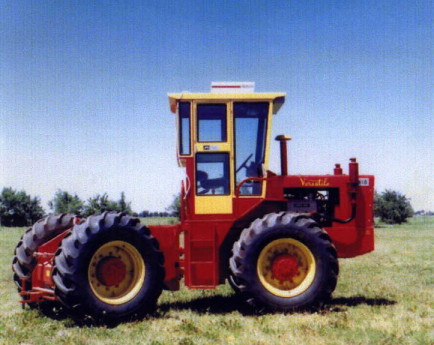 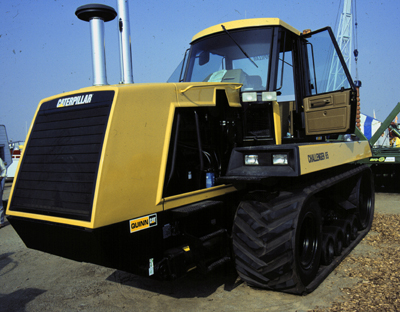 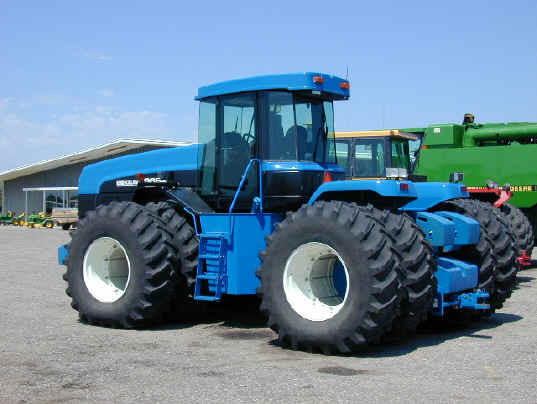 |
|||||||||
|
Horticultural
Tractors
|
|||||||||
|
What happens now? 2020
Tractor size and power have not progressed far over the last 20 years. Some of the large 4 wheel drives of the1990s were comparable with todays models. The most important developments have been the use of electronics to control all aspects of the tractor, continous speed change gears and GPS control of tractor movement. GPS has now become the norm for many tractors. The system can be set for any width of implement and thus we have perfect tram lines accross most of our fields. |
|||||||||
|
The Pioneers Links to other web sites |
||
|
|
Ransomes, Simms, and Jefferies of Ipswich
|
|
Some important dates. Time line
| 1700s |
Enclosures. Strip farming was replaced by the field system as we know it today |
| 1701 |
Jethro Tull makes the first seed drill. Did it work? We dont know |
| 1730-50 | "Turnip" Townsend develops the Norfolk four course rotation: Roots Barley Seeds Wheat |
| `1745 | Knapp company introduced. They made a range of seed drills at Farringdon, Oxford |
| 1770 |
Charles Burrell begins manufacturing machinery, at Thetford |
| 1780? | Robert Bakewell Introduced improved breeding of cattle and sheep |
| 1769 | James Watt patents his first steam engine. The world's first practical working engine |
| 1778 | Richard Garrett sets up his company making farm machines |
| 1785 | Ransomes company set up at Norwich |
| 1789 | Robert Ransome moves company to Ipswich and patents his chilled iron plough and ploughshare. |
| 1799 | Fens drainage begins to improve agricultral production. John Rennie starts work for the Government |
| 1800 |
Cooch sets up business at Harleston, Northants. Manufactured a range of corn winnowing machines |
| 1801 | Smyth begin manufacturing seed drills at Peasenham, Suffolk |
| 1805 | Bamfords begin mking farm tools at Uttoxeter |
| 1813 | Howard begin manufacturing machines at Brittania Works, Bedford. |
| 1813 | Tasker at Andover |
| 1815 | Hornsby expand from a small blacksmith to a major company at Lincoln. |
| 1825 | Nicholson established at Newark making hay making machines |
| 1826 | Patrick Bell makes a reaper on his father's farm near Dundee.It worked but we don't know how successful it was. |
| 1834 | Holman established at Penzance. They later abandoned farm machines and concentrated on Compressors etc. for the mining industry |
| 1837 | Blackstone founded at Stamford. They later found fame making large oil engines |
|
1837 |
John Deere starts making ploughs in America |
| 1842 | First steam powered traction engine introduced, made by Ransomes of Ipswich |
| 1843 |
Irish potato famine. Many die of starvation and even more emigrate. The disease is now known to have come from Mexico. The disease lasted a number of years Gilbert and Lawes open Rothamstead as a plant researh station. Still working today |
| 1845 | Case Corporation formed by Jerome Increase Case. Company later split into two seperate units |
| 1846 | Corn Laws, introdued 1815, repealed. Opens up free trade and reduces price of bread etc. |
| 1846 |
Foster buy a corn mill in Lincoln and begin production of farm ilplements |
| 1847 | McCormick introduce their horse drawn reaper. The first successful corn harvester |
| 1848 | Marshalls open factory at Gainsborough making steam engines and farm machines |
| 1851 | The Great Exhibition. Many new agricultural products. Howards show their range of implements |
| 1852 | Richard Garrett sets up a production line to ,make steam engines at Leiston. "The Long Shop" |
| 1858 | John Fowler receives RASE prize for most efficient steam ploughing. Invented Steam ploughing |
| 1861 | Internal combustion engine patented by Alphonse Beau de Rochas |
| 1862 |
Nikolaus Otto builds the first successful 4 stroke internal combustion engine |
| 1869 | Allis Chalmers begin making steam powered farm machinery |
| 1871 | The great fire of Chicago destroys McCormick factory. New factory built and operating in 1873 |
| 1877 | Cockshutt begin making farm implements in Canada |
| 1883 | Primrose publishes the first edition of The Agricultural Notebook. Updated and still in print today |
| 1887 | Howards increase their range at opening of Brittania Iron Works. Entrance arch still present. |
| 1890 |
Kubota established in Japan |
| 1891 | Massey Harris formed from merger of Massey Manufacturing and Harris and Son. Harvesting conglomerate |
| 1892 | John Frielich produces his first , rather crude, tractor |
| 1894 | Rudolf Diesel obtains patent for his diesel engine running on peanut oil. |
| 1895 | New Holland formed by Abe Zimmerman at New Holland Pennsylvania |
| 1897 | Richard Hornaby introduces the first British tractor. It was soon returned to the factory. and converted to crawler |
| 1899 | Fosters move to a larger factory and increase production of threshing boxes and steam engines. |
| 1900 | McCormick open an office in London |
| 1902 | International Harvester Company formed by merger of Mccormick and Deering |
| 1902 | Albone brothers market the first British Tractor. The Ivel, made at Biggleswade |
| 1903 | Saunderson begins tractor manufacture at Bedford. Copmpany was later taken over by Crossley (1923) |
| 1905 | Mccormick open their first Europeen factory at Norrkoping Sweden |
| 1914 |
Henry Ford discovers another company already called Ford. He calls his tractors Fordson. Benjamin Holt produces his Holt 75 Crawler . He later joins Daniel best to develop Caterpillar crawlers. |
| 1915 | Fosters make the first tank for the British Army.Heavy and slow it was a partial success. |
| 1915 ? |
Fosters produce a tractor
for war use . It was introduced as the OHMS for Crosssing trenchs. |
| 1917 | Henry Ford introduces mass production with his first Fordson tractor.The name "Ford" already used by another company |
| 1918 | John Deere begin selling Waterloo boy tractors. Later named John Deere tractors |
| 1919 |
Austin introduce a petrol engine tractor. Diesel versions made in France. Production ceased in 1930? |
| 1919? | Agricultural and General Engineers formed. A conglomeration of a 5-10 well known names, many of who disappeared in the ultimate fiasco. Initial partners; Howards, |
| 1920 | Nebraska tractor trials initiated. Test No1 Waterloo Boy by John Deere |
| 1921 |
Lanz Bulldog appears with large hot bulb single cylinder engine. Made in Germany it set a standard until 1950 Young Farmers Club started by United Dairies at Hemyock , Devon |
| 1923 | John Deere begin marketing tractors under the name John Deere |
| 1924 | Oxford University sets up Institute of Agricultural Engineers |
| 1927 | Frank Hartop forms a company producing stationary engines at Bedford |
| 1929 | Oliver begin selling Oliver tractors. They abandon the Hart-Parr name |
| 1930 | Cockshutt join up with Oliver. They sell Olivers as Cockshutt tractors. |
| 1931 | Marshalls introduce their range of single cylinder tractors. Produced until 1950. Crawler version made by Fowler |
| 1932 | Pnuematic tyres introduced. Allis Chambers go tractor racing before they use them on a production tractor |
| 1933 | Henry Ford transfers tractor production from Cork to Dagenham |
| 1933 | Allis Chalmers offer pneumatic tyres on their Model U tractor. |
| 1934 | John Deere introduce hydraulic lift on row crop tractors |
| 1935 | Mccormick Deering produce the first diesel tractor in America; The WD40. |
| 1936 | David Brown and Harry Ferguson produce the Ferguson Brown tractor with 3 point linkage. |
| 1939 | Ford begin making tractors with Ferguson 3 point linkage |
| 1939 | David Brown introduce VAK1. A break away from Ferguson. |
| 1940 | Many factories turned over to making tanks, and aeroplanes for the war effort. |
| 1942 | National
Institute of Agriculrural Engineering set up as break away from Oxford
University. NIAE now part of Cranfield University. |
| 1943 | Teagle established as a manufacturer in Cornwall. They had been making carts for a number of years previously. |
| 1944 | Henry Ford and Harry Ferguson fall out over patent rights for hydraulics. Harry Ferguson wins a large payout |
| 1945 | Ransomes agrees to make a range of implements for Fordson tractors. This was the FR range |
| 1945 | Joseph Cyril Bamford (JCB) breaks away from the family firm, Bamfords of Uttoxeter, and begins making a range diggers . |
| 1946 | Harry Ferguson produces the TE 20. First tractor under Ferguson name. Known as the "little grey fergie". Le pettit gris |
| 1947 | David Brown introduce the Cropmaster to replace VAK1. It was to be a most popular tractor |
| 1947 | NIAE moves to Siloe, Beds. It carries out similar work to Nebraska; testing Agri machines |
| 1948 | Cockshutt 30 is the first production tractor with live drive |
| 1948 | Morris Motors launches Nuffield M3 and M4 models. Available with TVO or Diesel engines |
| 1949 | Chamberlain
tractors first manufactured in Australia McCormick begin tractor production at Doncaster |
| 1950 | |
| 1951 | Valmet introduces its 15a Model |
| 1952 | RS Thomas publishes his poem "Cyndyllan on a tractor" |
| 1952 | Ford introduce the Fordson Major Diesel. Made at Dagenham. Their first UK diesel. |
| 1952 | First European self ;propelled combine produced by Claeys in Belgium. Now part of New Holland |
| 1953 | Ferguson merges with Massey Harris to form a new company "Massey Ferguson" |
| 1955 | Edmund Hilary sets off accross Antarctica on expediition with seven Ferguson TEA 20 |
| 1955 | John Deere take over Lanz. Production of the Bulldog ceased and was replaced by John Deere models |
| 1956 | MF35 launched at Grovesnor Hotel London. Still in production in India and? |
| 1957 | Ford introduce the Fordson Dexter. Their small tractor to compete with the Ferguson35. |
| 1958 | Massey Ferguson 65 launched in UK. to compete with Fordson Major and Nuffield |
| 1959 | |
| 1960 | John Deere begin large scale production of 4wheel drive tractors beginning with Model 8010 |
| 1962 | Rachel Carson publishes "Silent Spring". A wake up call on the dangers of insecticides. Not always believed but her work is now seen as crucial. |
| 1962 | Ernest Doe,Ulting, Essex introduces the Doe 3D 4wheel drive. Two Fordson Major tractors in tandem |
| 1962 | First turbo-charged tractor is the Allis Chalmers HD19 2-stroke diesel crawler. |
| 1963 | Valtra registered as a company name but not regularly used until 1970 |
| 1965 | Eastern European tractors appear in the west. Zetor were surprisingly good tractors! |
| 1969 | Kubota introduced to America |
| 1971 | Kubota establishes HQ in California.; where the market is |
| 1976 | Adge Cutler and the Wurzels get a "Brand new combine harvester" |
| 1986 | New Holland bought by Ford MC. Previouly owned by Sperry Rand. Now owned by Fiat. |
| 1990 | Matbro introduce the farm loader. Not designed for field work. A yard tool now seen as indispensible. |
| 1991 | JCB introduce the Fastrac. A high speed tractor for road work and a powerful field tractor |
| 1994 | GPS introduced to farming. Straight lines and better control of fertiliser and herbicides. |
| 2011 |
Claas Lexion combine sets a world record by harvesting 575 tons of grain in 8 hours |
| top
of page |
Cheshire Vintage Tractor
and Engine Club
|
|
Last updated 07-Jan-2025 11:43 AM © |

